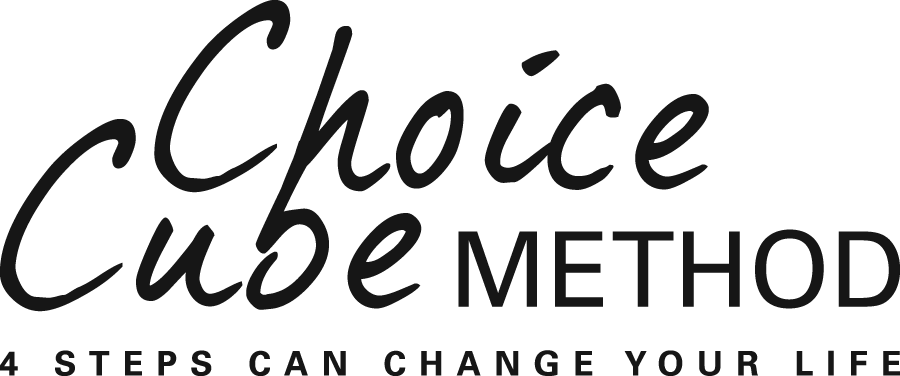Do you think you are a positive and happy person?
Gratitude is the hallmark of a positive, happy person and the PACS emotions--the 4 positive types of emotions that change lives--are the essence of gratitude.
When you are in PACS, you are "in the light," Can you imagine being fully in the light? When you are, you will experience one or all of the positive PACS emotions. All four are available when you are in the light.
Here's a list of the PACS emotions with many of their expressions. Remember to look for gratitude. All forms of PACS are linked to gratitude.
Without further ado, I present to you PACS/Grateful & Curious:
1. PEACE: This is a deep, mindful sense of peace. Something we all desire. When we enter into this kind of peace, we are filled with gratitude.
Expressions: accord, agape, balanced, boundless, calm, composed, content, at ease, faith-filled, flexible, free, fulfilled, harmonious, order, oneness, quiet, serene, still, trusting, whole
2. ACCEPTANCE/LOVE: This is the feeling that accompanies understanding, compassion, forgiving others and accepting forgiveness for ourselves.
Expressions: appreciative, approving, belonging, beloved, compassionate, considerate, connected, delighted, empathic, identifying with, loving, merciful, open, receptive, secure, sufficiency, trusting, understanding, warm
3. CONFIDENCE/ZEST: This allows us to experience life with keen enjoyment. We take on challenges that make us stretch and grow. We live in the present with confidence and hope for the future.
Expressions: assured, adventuresome, courageous, challenged, cheerful, committed, creative, curious, daring, eager, enduring, enjoying, enthusiastic, faith-filled, hopeful, integrity, interested, joyful, natural, optimistic, playful, positive, resourceful, responsive, righteous, safe, spontaneous, secure, thrilled, trusting, willing, wonder-filled
4. SATISFACTION: Also known as positive pride, this is a healthy sense of worthiness and integrity. Satisfaction can be the emotional reward for a job well done. Filled with gratitude, satisfaction comes from being content with who we are and with our best efforts.
Expressions: accomplished, balanced, comfortable, dignified, excellence, flexible, fulfilled, honorable, in-order, overcoming, personal best, playful, positive pride, righteous, truthful, tuned in, worthy
Three interesting facts about these positive emotions are: first, you will always feel gratitude; second, if you feel any of them you will discover that you feel all four; and third, being in PACS is as much physical as it is emotional, because these emotions affect your whole body.
But “Where does this concept of PACS come from!?” you ask.
Well… from the Choice-Cube Method.
And the good news is that this method is now available for you!
Here's a chance to download the first chapter for FREE of my book, Become the Person You Were Meant to Be. Click here and get an idea of what the Choice-Cube Method can do for you.
Copyright Dr. Beth Blevins Cujé 2015






